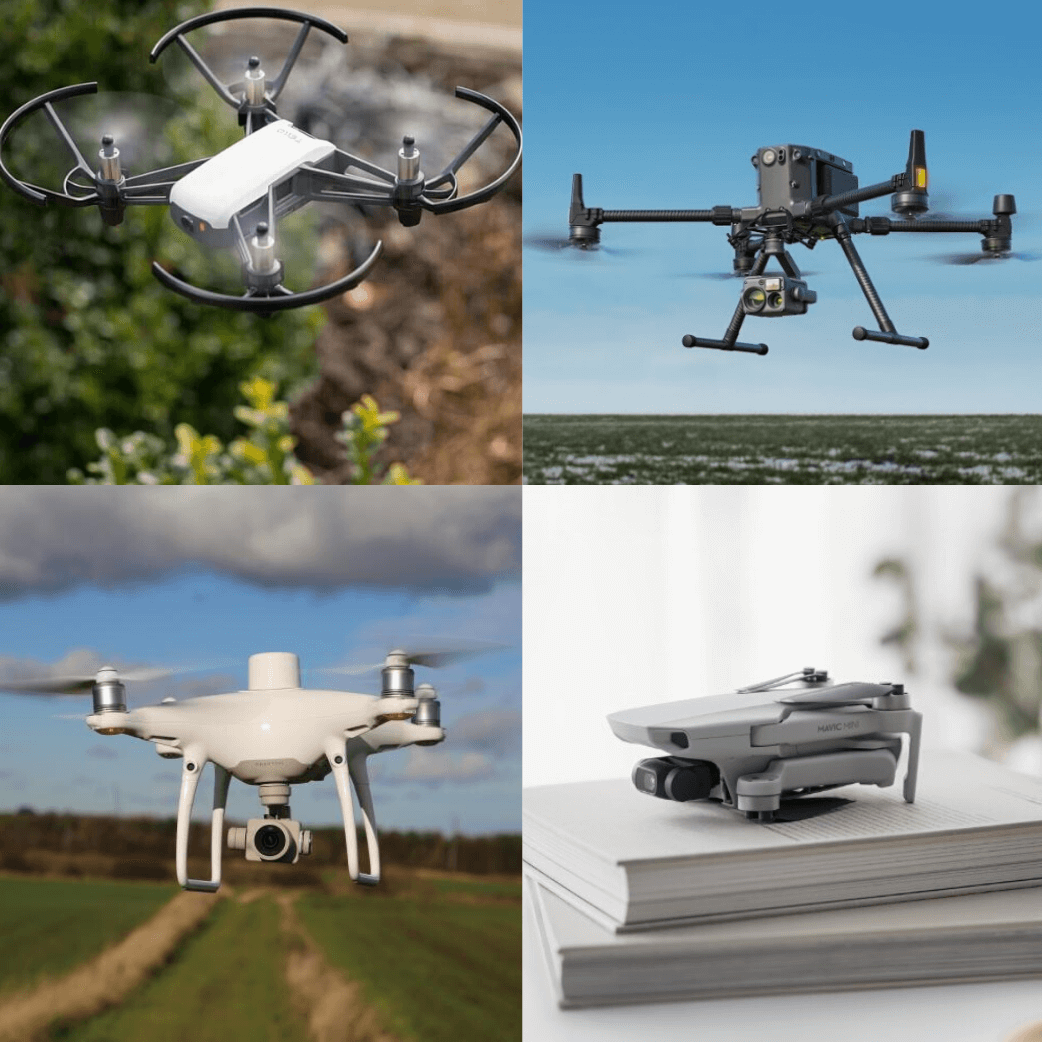
News
Published on 20 Jul 2020
James Willoughby
Best DJI Drones
Looking to buy your first drone? Thinking about an upgrade? HELIGUY.com™ takes you through the best DJI drones to buy in 2020. ... Read More

DJI drones are the most popular on the market. Whether you're a hobbyist wanting to experience the thrill of flying, a content creator keen to capture some seriously good footage, or a commercial operator aiming to maximise efficiency and improve safety, there's a DJI drone out there for you.
But which DJI drone is best to meet your needs? In this blog, we take a look at the collection of drones in DJI's innovative ecosystem to help you decide.
To quickly search for a drone by its name, use the menu below. To shop HELIGUY.com™’s entire range of drones and accessories, click here.
DJI New Release Drones
DJI Mavic Air 2
Highlights: Capture great content with 48MP camera and 4K/60fps video. Enhanced object tracking and safety features. Powerful and portable.
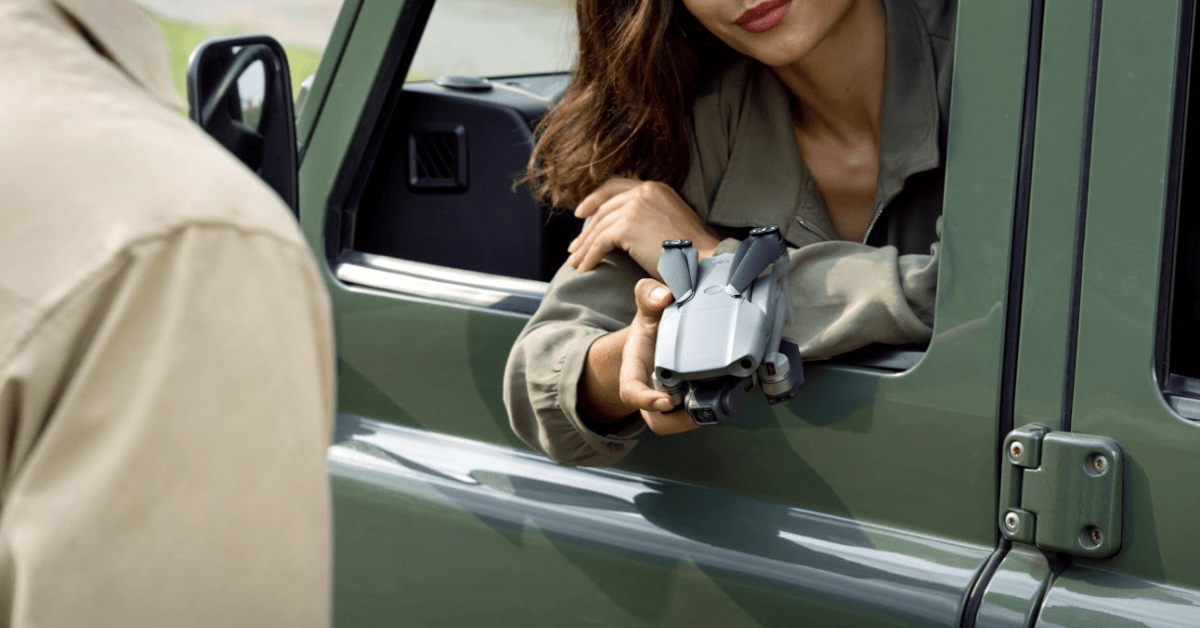
Released in April 2020, the DJI Mavic Air 2 set a new standard for mid-range drones, offering a perfect blend between power, portability, and a fun recreational aircraft to fly.
It was also a symbol of how far DJI drones have evolved in the space of a few years, completely blowing the original Mavic Air (released in 2018) out of the water with vastly superior specs and safety features.
Thanks to its enhanced capabilities, and with a fairly small and foldable frame to boot, the portable DJI Mavic Air 2 - priced £769 upon release - is the ideal companion for casual content creators, vloggers, and travel enthusiasts.
Its standout photography modes include 48MP image capture and 8K Hyperlapse, as well as shooting 4K/60fps video and slow-motion video up to 240fps at 1080p - a feature not found on the flagship Mavic 2 models.
That's a common theme, with the Mavic Air 2 undergoing a thorough modernisation of DJI tech, such as enhanced tracking features, the longest battery life of any Mavic drone at 34 minutes, and sophisticated safety and obstacle avoidance features.
As a side-note, the Mavic Air 2 was expected to come with DJI AirSense - an alert system that uses ADS-B signals from nearby airplanes and helicopters to warn drone pilots if they appear to be on a collision course. To the frustration of some drone users, only models in North America featured AirSense at launch - although DJI has said this tech will be rolled out further at a later date. The absence of AirSense might not be a major blow though, as this blog highlights.
Regardless, the DJI Mavic Air 2 is a seriously good drone and one which will appeal to a broad range of pilots.
The Mavic Air 2 is available as a stand-alone drone, or as a Combo featuring a range of key accessories.
DJI Mavic Air 2 Key Specifications
Takeoff Weight | 570g |
Dimensions | Folded: 180×97×84 mm (Length×Width×Height) Unfolded: 183×253×77 mm (Length×Width×Height) |
Max Speed | 19 m/s (S Mode) 12 m/s (N Mode) 5 m/s (T Mode) |
Max Flight Time | 34 minutes |
Max Wind Speed Resistance | 8.5-10.5 m/s |
Max Transmission Distance | 10 km (FCC), 6 km (CE), 6 km (SRRC), 6 km (MIC) |
Operating Temperature Range | 10° to 40°C (14° to 104°F) |
Camera | 1/2" CMOS Effective Pixels: 12 MP and 48 MP |
Lens | FOV: 84° Equivalent Focal Length: 24 mm Aperture: f/2.8 |
Video Resolution | 4K Ultra HD: 3840×2160 24/25/30/48/50/60 fps 2.7K: 2688×1512 24/25/30/48/50/60 fps FHD: 1920×1080 24/25/30/48/50/60/120/240 fps 4K Ultra HD HDR: 3840×2160 24/25/30 fps 2.7K HDR: 2688×1512 24/25/30 fps FHD HDR: 1920×1080 24/25/30 fps |
Sensing System | Forward, Backward, Downward, Left/Right. |
DJI M300 RTK
Highlights: 55 minute flight time. IP45 Rated. Carry three payloads. Three propeller emergency landing.

Drones have become a key commercial tool, and the DJI M300 RTK is DJI's most sophisticated enterprise aircraft yet.
Building on the success of the popular M200 Series, this newest member of the Matrice family boasts an abundance of smart features to provide businesses and public safety departments with a mixture of intelligence and reliability.
This cyber workhorse can achieve 55 minutes of flight time, is IP45 rated for increased weather resistance, and can carry up to three payloads at once for enhanced mission efficiency.
When it comes to cameras, the M300 RTK can be integrated with sensors such as the XT2 thermal and Z30 zoom, as well as third-party payloads, plus two new hybrid cameras - the Zenmuse H20 and H20T Thermal - which have been engineered specifically for the M300 RTK and offer multi-sensor capabilities, including zoom, thermal and laser rangefinder options.
Integrating the H20 Series enables operators to utilise functions such as AI Spot-Check - allowing you to automate routine inspections and capture accurate data, time after time; and Smart Track - allowing you to locate and follow moving subjects with the auto-zoom function while acquiring your target’s dynamic location.
Other key features include Advanced Dual Control, enabling operators to switch aircraft control in-flight; and enhanced flight safety mechanisms, such as six-way directional sensing, Dual Battery provision enabling the drone to return to home if one battery fails, a three-propeller emergency landing to aid aircraft control in the event of a motor malfunction, and a Health Management System to provide key insights into the state of the aircraft.
DJI M300 RTK Key Specifications
Takeoff Weight | 9kg |
Dimensions | Unfolded, propellers excluded, 810×670×430 mm (L×W×H) Folded, propellers included, 430×420×430 mm (L×W×H) |
Max Speed | S mode: 23m/s P mode: 17m/s |
Max Payload | 2.7kg |
Max Flight Time | 55 minutes |
Max Wind Speed Resistance | 15m/s |
Max Transmission Distance | NCC/FCC: 15 km CE/MIC: 8 km SRRC: 8 km |
Operating Temperature Range | -20°C to 50°C (-4°F to 122°F). |
IP Rating | IP45 |
Max Payload | 2.7kg |
Supported DJI Gimbals | Zenmuse XT2/XT S/Z30/H20/H20T |
Supported Gimbal Mounting | Single Downward Gimbal, Dual Downward Gimbals, Single Upward Gimbal, Upward and Downward Gimbals, Triple Gimbals |
RTK Positioning Accuracy | When RTK enabled and fixed: 1 cm+1 ppm (Horizontal) 1.5 cm + 1 ppm (Vertical) |
Obstacle Sensing | Forward, backward, left, right, upward, downward |
Best Drones For Beginners And Children
DJI Mavic Mini
Highlights: Seriously small. 12MP images. 30 minute flight time. Powerful drone for its price bracket.
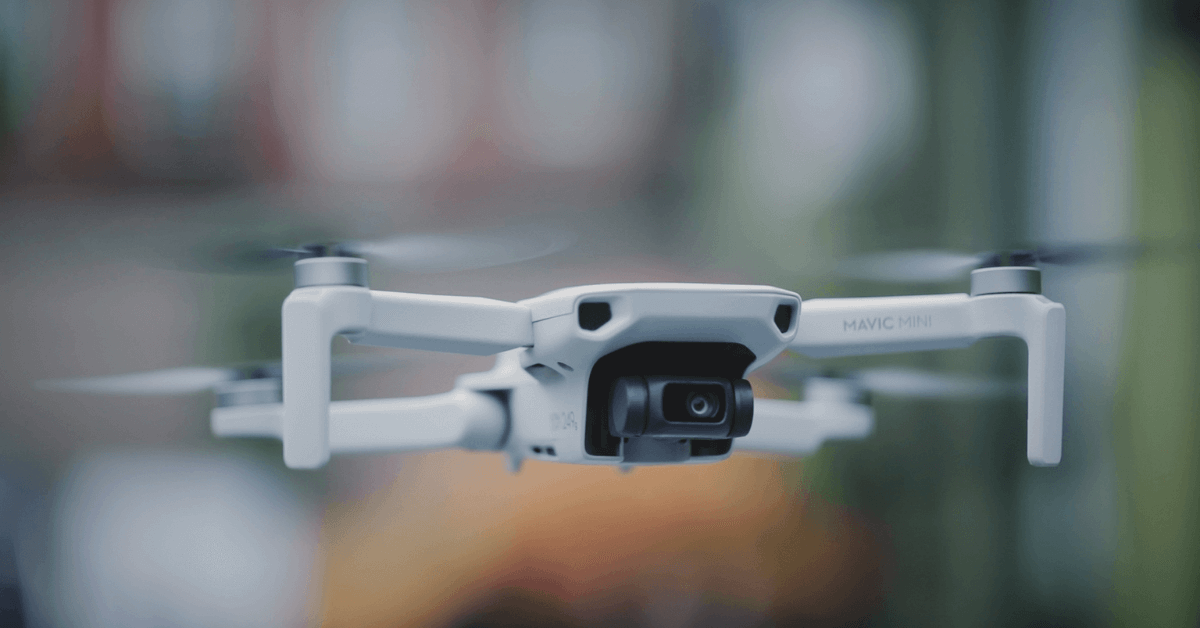
DJI is known for its innovation, and drones don't get much more innovative than the DJI Mavic Mini.
This groundbreaking drone can capture 12MP stills and 2.7K Quad HD videos - all while weighing just 249g; that's almost as light as an average smartphone.
Perfect for recreational flyers and vloggers, this drone is your perfect travel companion; meaning you can slip it into your pocket or handbag.
It can fly for up to 30 minutes and features a range of QuickShot shooting modes, and this footage can be quickly shared on social media.
Because of its tiny frame, and aided by easy-to-follow flight tutorials in the DJI Fly app, and its compatibility with prop guards, the DJI Mavic Mini is the ideal beginner's drone, and the perfect drone for children.
They say that size doesn't matter, but another advantage of the sub-250g Mavic Mini is that it currently falls under the drone registration threshold in certain countries, including the UK.
There are some niggles with the Mavic Mini; it can't shoot 4k video, and it doesn't have object tracking, but all things considered, it is a powerful drone which ticks a lot of boxes.
The fact it comes in at under the £500 mark is another huge advantage; giving you a lot of drone capability for the modest price tag.
The Mavic Mini is available as a stand-alone drone, or as a Combo featuring a range of key accessories.
DJI Mavic Mini Key Specifications
Takeoff Weight | 249g |
Dimensions | Folded: 140×82×57 mm (L×W×H) Unfolded: 160×202×55 mm (L×W×H) Unfolded (with propellers): 245×290×55 mm (L×W×H) |
Max Speed | 13 m/s (S Mode) 8 m/s (P Mode) 4 m/s (C Mode) |
Max Flight Time | 30 minutes |
Max Wind Speed Resistance | 8m/s |
Max Transmission Distance | Model MR1SS5 5.8 GHz: 4000 m (FCC); 2500 m (SRRC) Model MR1SD25 2.4 GHz: 2000 m (MIC/CE) 5.8 GHz: 500 m (CE) |
Operating Temperature Range | 0° to 40°C (32° to 104°F) |
Camera | 1/2.3” CMOS Effective Pixels: 12 MP |
Lens | FOV: 83° 35 mm Format Equivalent: 24 mm Aperture: f/2.8 Shooting Range: 1 m to ∞ |
Video Resolution | 2.7 K: 2720×1530 25/30 p FHD: 1920×1080 25/30/50/60 p |
Sensing System | Downward |
Ryze Tello
Highlights: Incredibly safe and fun drone. Perform cool stunts like flips. Quickly share content to social media. Learn how to code with Scratch.

If ever there was a drone for beginners and children, the DJI-powered Ryze Tello is it.
This cheap mini drone - usually priced around the £100 mark, weighing just 80g and coming with prop guards - offers a safe and fun experience, ideal for newbies and youngsters who want to hone their flying skills.
Start flying the Tello by simply tossing it in the air. Once flying, perform cool flips, while a Bounce Mode sees the drone fly up and down from your hand automatically.
Boasted by an Intel 14-Core Processor and electronic image stabilisation, the Tello can capture 5MP photos. EZ Shots allows pilots to record pro-level videos and share them on social media from a smartphone.
Designed with children in mind, the Tello can be used as a fun educational tool, programmable with Scratch - a coding system which allows kids and teens to learn the basics of programming. More advanced users can develop software applications for Tello using the Tello SDK.
Ryze Tello Key Specifications
Weight | Approximately 80 g (Propellers and Battery Included) |
Dimensions | 98×92.5×41 mm |
Max Speed | 8 m/s |
Max Flight Time | 13 minutes |
Max Flight Distance | 100m |
Max Flight Height | 30m |
Camera | 5MP photo |
FOV | 82.6° |
Video | HD720P30 |
Best DJI Drone With Camera
DJI Inspire 2
Highlights: Incredible image capture for high-end filmmaking. Versatile; use a range of cameras. Speed and endurance.

When it comes to capturing high-end cinematic shots, look no further than the DJI Inspire 2.
Engineered for filmmaking, this drone has become a firm favourite for professional creatives, thanks to its ability to capture seriously impressive content, combined with its speed, endurance, and ruggedness.
And don't just take it from us. Heliguy client Chris Boyes, of 5kdigitalfilm, who has used the Inspire 2 to shoot scenes for the BBC and L’Oréal, says: "The picture quality offered by both the Inspire 2 with the X5S & X7 cameras in the right hands is in my opinion good enough for every level of film production."
Check out this image, captured by Chris, which shows just how stunning images captured by the Inspire 2 can be. You can read the full case study here.
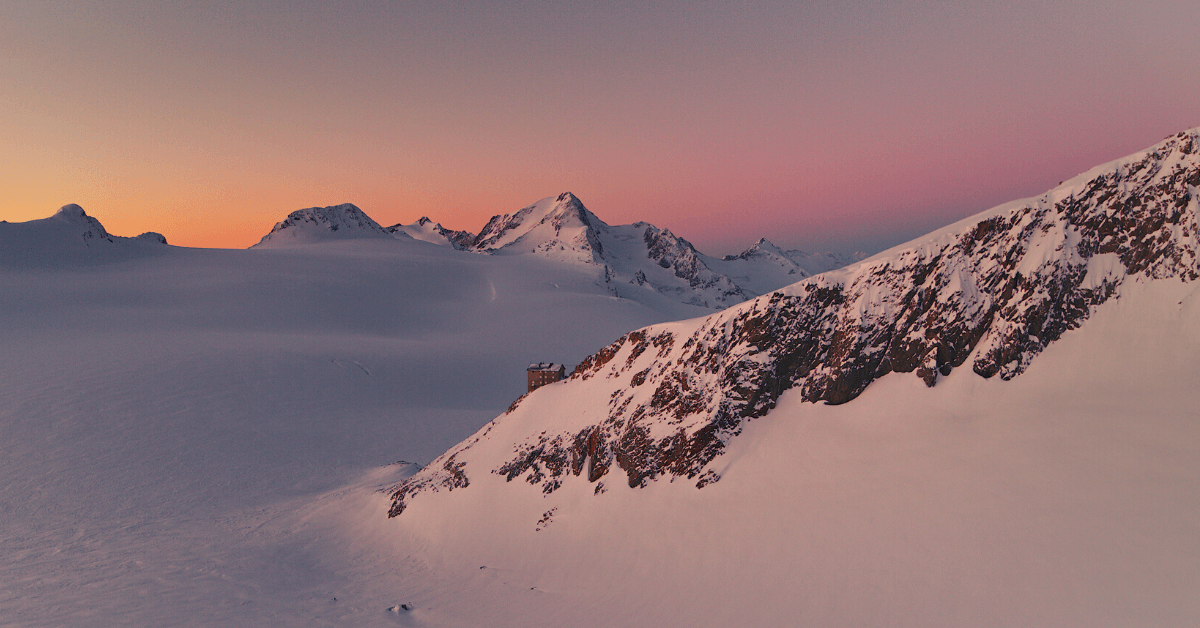
The drone benefits from a CineCore2.1 image processing system, recording video at up to 6K in CinemaDNG/RAW and 5.2K in Apple ProRes when used with the Zenmuse X7 camera.
It goes from 0 to 50mph (80 kph) in just 5 seconds and hits a maximum speed of 58 mph (94 kph) and has a max descent speed of 9m/s for unheard of speed and agility in an aircraft this size.
A dual battery system prolongs the flight time to a maximum of 27 minutes (with an X4S), while self-heating technology allows it to fly even in low temperatures.
An upgraded video transmission system is now capable of dual signal frequency and dual channel, streaming video from an onboard FPVcamera and the main camera simultaneously, for better pilot and camera operator collaboration.
The versatility of the DJI Inspire 2 means that filmmakers can swap cameras, such as the Zenmuse X4S, Zenmuse X5S and Zenmuse X7.
And check out this Inspire 2 showreel, courtesy of Heliguy client Pivotal - which has used the drone with the X5S and X7 to shoot scenes for Netflix, WarnerMedia, and the BBC. You can read the full case study here.
DJI Inspire 2 Key Specifications
Weight | 7.58 lbs (3440 g, including propellers and two batteries, without gimbal and camera) |
Max Takeoff Weight | 9.37lbs (4250 g) |
Max Speed | 58 mph or 94 kph(Sport mode) |
Max Flight Time | Approx. 27min (with Zenmuse X4S) Approx. 23min (with Zenmuse X7) |
Max Wind Speed Resistance | 10m/s |
Max Transmission Distance | 2.4 GHz: FCC: 4.3 miles (7 km); CE: 2.2 miles (3.5 km); SRRC: 2.5 miles (4 km); MIC: 2.5 miles (4 km); 5.8 GHz: FCC: 4.3 miles (7 km); CE: 1.2 miles (2 km); SRRC: 3.1 miles (5 km); MIC: - ; |
Operating Temperature | -4° to 104° F (-20° to 40° C) |
Gimbal | Zenmuse X7 (optional) Zenmuse X5S (optional) Zenmuse X4S (optional) |
Sensing System | Downward, Upward, Forward |
DJI Mavic 2 Pro
Highlights: Capture gorgeous 20MP shots with one-inch Hasselblad sensor. Compact, foldable, and portable. Omnidirectional object sensing.
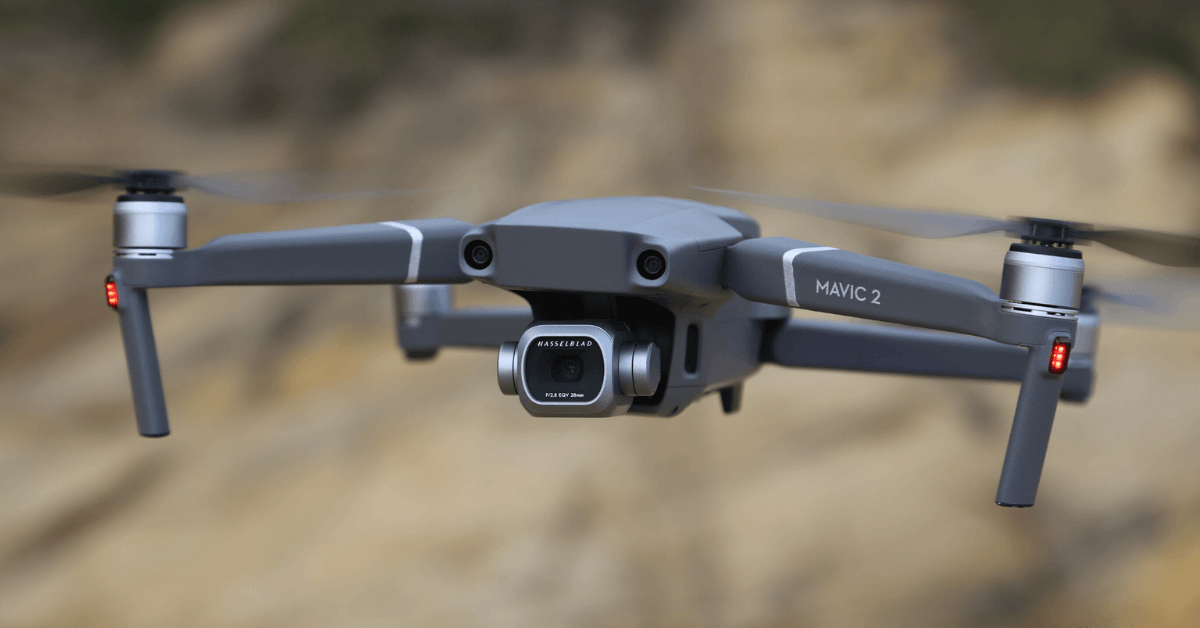
The DJI Mavic 2 Pro was a game-changer for aerial photography.
When it was released in 2018, this drone offered impressive content-capture capabilities, but in a small, foldable, and easily-transportable form.
Featuring a 1-inch CMOS Hasselblad sensor, this compact drone can capture 20-megapixel images, supports a 10-bit Dlog-M colour profile, a f/2.8-f/11 adjustable aperture delivering outstanding image quality in high and low-light environments, and an ISO range stretching to 12800.
This image, captured by Simon Heron, is a fine example of the images the Mavic 2 Pro can produce. For more examples, click here.
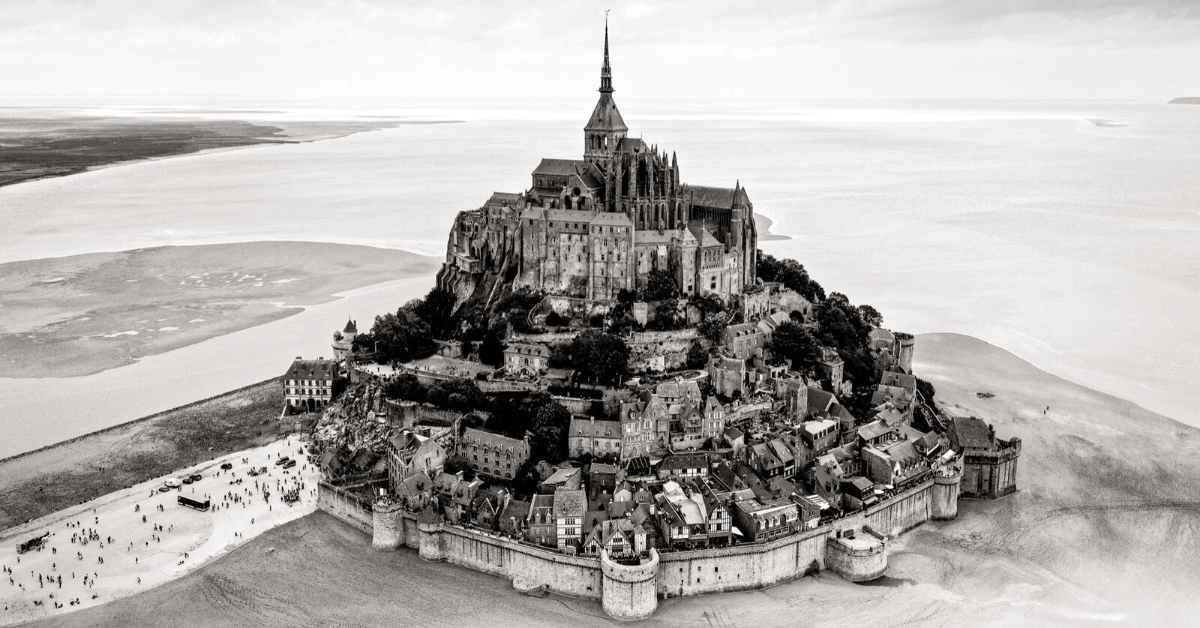
The Mavic 2 Pro also features a range of smart shooting and object-tracking modes.
The drone, with a maximum 31 minute flight time, also houses obstacle sensors on all sides of the aircraft for greater operational safety.
The Mavic 2 Pro can also be used with the DJI Goggles for a more immersive FPV flight experience, while the DJI Smart Controller accessory provides an ultra-bright 5.5-inch 1080p display that maintains clear visibility and vivid colour even in direct sunlight.
The Mavic 2 Pro isn't faultless. The absence of a mechanical shutter is disappointing, but it is still a great photography drone.
DJI Mavic 2 Pro Key Specifications
Takeoff Weight | 907g |
Dimensions | Folded: 214×91×84 mm (length×width×height) Unfolded: 322×242×84 mm (length×width×height) |
Max Speed | 72 kph (S-mode) |
Max Flight Time | 31 minutes |
Max Transmission Distance | 2.400 - 2.483 GHz; 5.725 - 5.850 GHz FCC: 10000m CE: 6000m SRRC: 6000m MIC: 6000m |
Max Wind Speed Resistance | 29–38 kph |
Operating Temperature Range | -10°C to 40°C |
Camera | 1” CMOS Effective Pixels: 20MP |
Lens | FOV: about 77° 35 mm Format Equivalent: 28 mm Aperture: f/2.8–f/11 |
ISO Range | Video: 100-6400 Photo: 100-3200 (auto) 100-12800 (manual) |
Shutter Speed | Electronic Shutter: 8–1/8000s |
Colour Mode | Dlog-M (10bit), support HDR video (HLG 10bit) |
Video Resolution | 4K: 3840×2160 24/25/30p 2.7K: 2688x1512 24/25/30/48/50/60p FHD: 1920×1080 24/25/30/48/50/60/120p |
Max Video Bitrate | 100Mbps |
Sensing System | Omnidirectional Obstacle Sensing |
DJI Mavic 2 Zoom
Highlights: Compact, foldable, and portable. Omnidirectional object sensing.
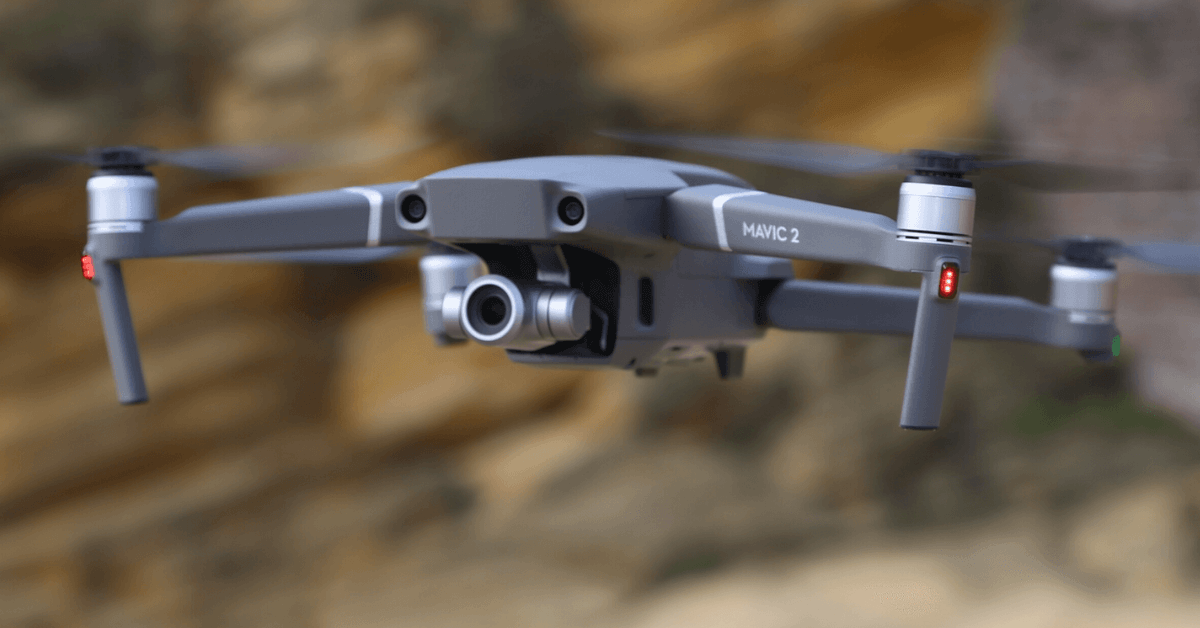
The DJI Mavic 2 Zoom was released at the same time as the Mavic 2 Pro. With both flagship drones sharing the same body, it is the camera where the differences come. And the Zoom has enough about it to make it a seriously worthwhile alternative to the Pro.
As its name suggests, the string to this drone's bow is its zoom capabilities; achieving 4x zoom, including a 2x optical zoom (24–48 mm), while the Dolly Zoom automatically adjusts focus when flying, adding an intense, warping visual effect to your video.
The Mavic 2 Zoom also has a Super Resolution feature. When taking a picture with a 24mm equivalent field-of-view, the camera will capture and patch nine photos with its telephoto lens, resulting in a 48-megapixel super resolution photo. It's a cool feature.
The Zoom also shares the smart shooting and object tracking modes found on the Mavic 2 Pro, as well as the same safety features and flight time.
It can also be used with the DJI Goggles for a more immersive FPV flight experience, while the DJI Smart Controller accessory provides an ultra-bright 5.5-inch 1080p display that maintains clear visibility and vivid colour even in direct sunlight.
There are some aspects where the Zoom falls down against the Pro, such as a smaller sensor (1/2.3" compared to the Pro's 1") capturing 12MP images instead of 20MP, and a smaller ISO range. Like the Mavic 2 Pro, it also doesn't have a mechanical shutter.
But, the Zoom is a quality drone, and its amazing zoom abilities give content creators an extra dimension to play with. Check out this image, for example, from Richard Barksby, who has used the zoom lens to get thecompression. For more examples, click here.
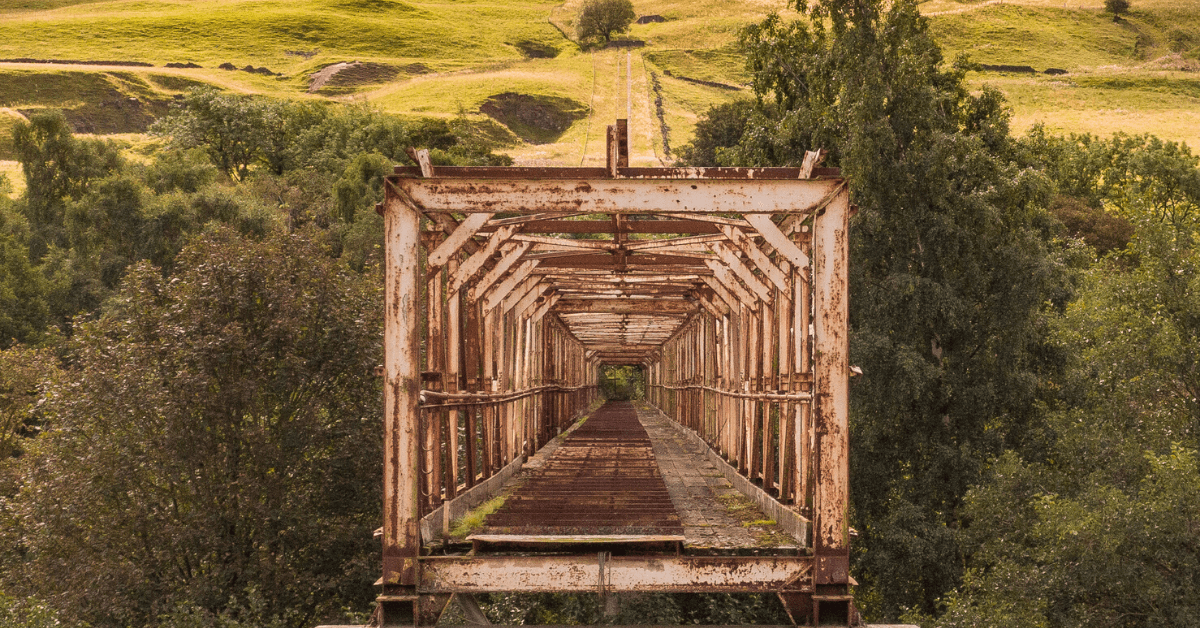
DJI Mavic 2 Zoom Key Specifications
Takeoff Weight | 905g |
Dimensions | Folded: 214×91×84 mm (length×width×height) Unfolded: 322×242×84 mm (length×width×height) |
Max Speed | 72 kph (S-mode) |
Max Flight Time | 31 minutes |
Max Wind Speed Resistance | 29–38 kph |
Max Transmission Distance | 2.400 - 2.483 GHz; 5.725 - 5.850 GHz FCC: 10000 m CE: 6000 m SRRC: 6000 m MIC: 6000 m |
Operating Range Temperature | -10°C to 40°C |
Camera | 1/2.3" CMOS Effective Pixels: 12MP |
Lens | FOV: about 83° (24 mm); about 48° (48 mm) 35 mm Format Equivalent: 24-48 mm Aperture: f/2.8 (24 mm)–f/3.8 (48 mm) |
ISO Range | Video: 100-3200 Photo: 100-1600 (auto) 100-3200 (manual) |
Shutter Speed | Electronic Shutter: 8–1/8000s |
Colour Mode | D-Cinelike |
Video Resolution | 4K: 3840×2160 24/25/30p 2.7K: 2688×1512 24/25/30/48/50/60p FHD: 1920×1080 24/25/30/48/50/60/120p |
Max Video Bitrate | 100Mbps |
Sensing System | Omnidirectional Obstacle Sensing |
Phantom 4 Pro V2.0
Highlights: A great option for professional content creators, capable of capturing 4K/60fps video and 20MP stills. Mechanical shutter. Classic Phantom shape.
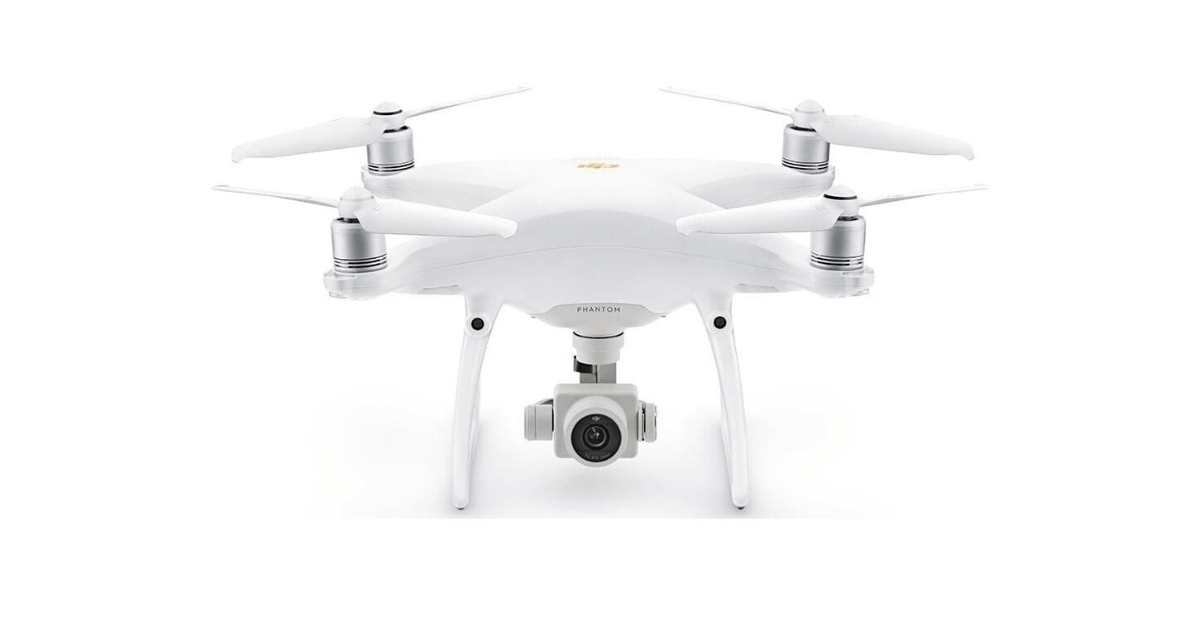
The Phantom 4 Pro V2.0 was re-released by DJI at the start of 2020; a welcome announcement for content creators.
Described by DJI as 'a complete aerial imaging solution' for professionals, this drone certainly has some stand-out features, such as a mechanical shutter, and the ability to capture 4K/60fps video.
Unsurprisingly, the drone's shape is that of the classic Phantom design - the iconic fixed structure with two legs, and a camera underneath its star-shaped body.
On the camera front, the Phantom 4 Pro V2.0 can capture 20MP stills via its one-inch sensor, and boasts a 14fps Burst shooting mode, while the mechanical shutter allows pilots to freeze fast-moving objects in frame, helping to capture high-speed action with stunning clarity.
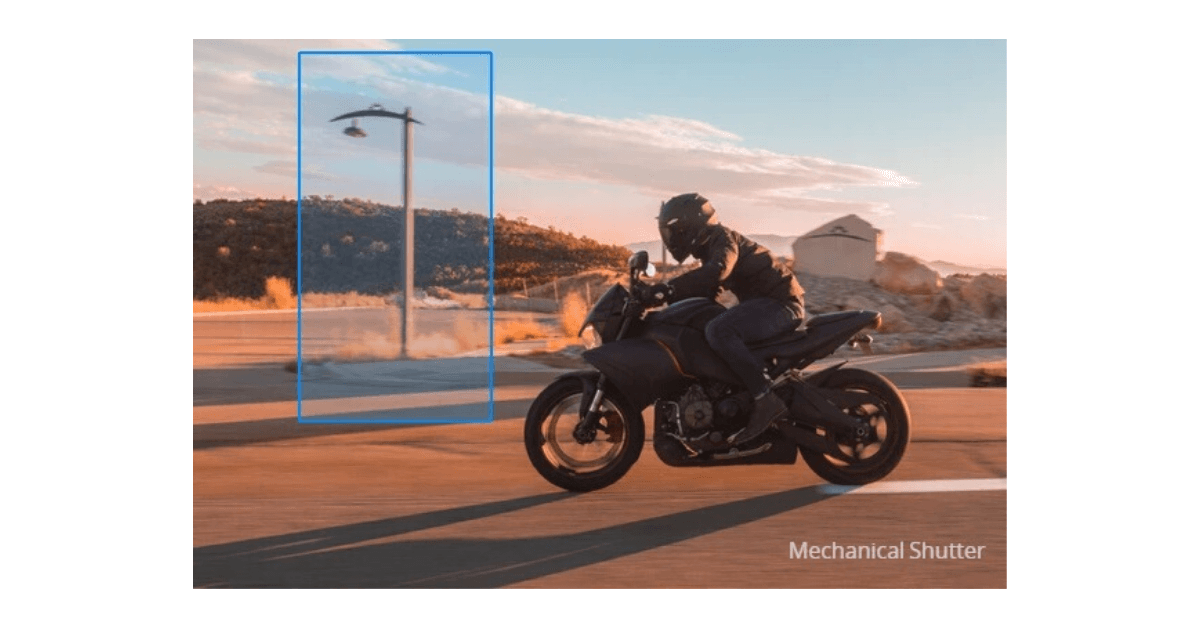
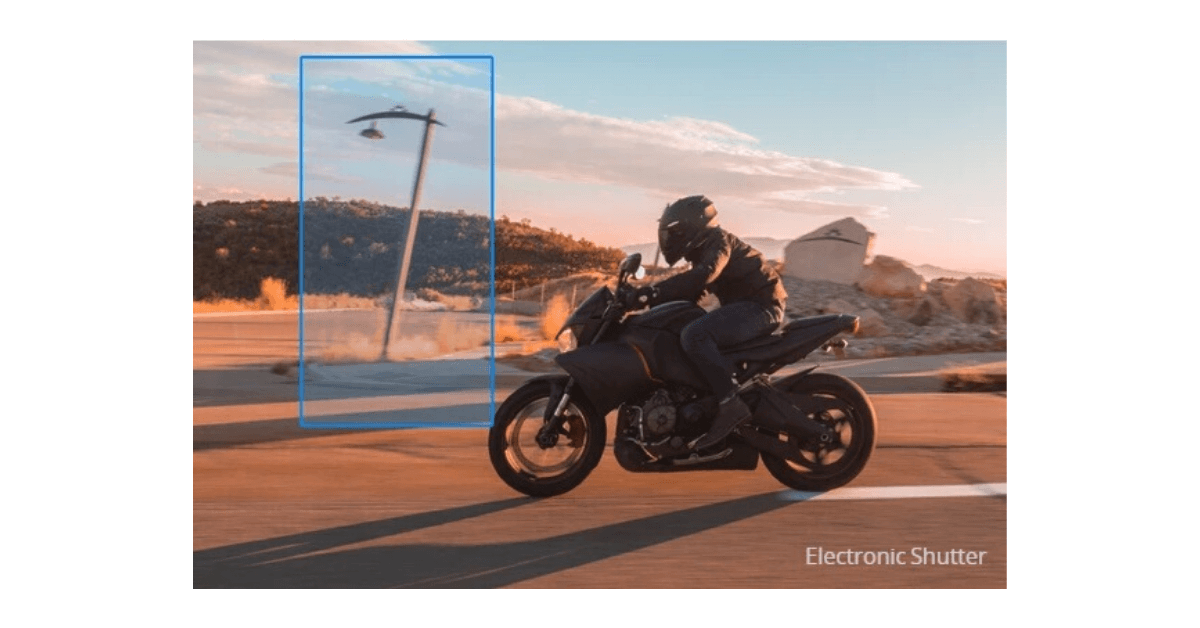
The drone has reliable obstacle sensing in five directions, can be flown using the DJI Smart Controller, and has a range of smart modes, such as object tracking, an improved TapFly mode which allows pilots to fly in reverse, and Draw Mode, which sees the drone follow a pre-drawn route on the remote controller display screen.
Due to their content-capture similarities, the Phantom 4 Pro V2.0 is often compared to the Mavic 2 Pro. The Phantom has some stand out features against the Pro, with the mechanical shutter and the ability to capture 4K/60fps video being the obvious ones, while the Phantom's 14fps Burst Mode is preferable to the Pro's 5fps.
In contrast, the Pro is a foldable and more portable option, has omnidirectional sensing, a 10-bit Dlog-M colour profile to give photographers control over dynamic ranges and added flexibility for colour grading in post-production, and is cheaper.
It's a shame that both drones have fixed cameras, so no alternatives can be integrated, but both are a great option for content creators.
Phantom 4 Pro V2.0 Key Specifications
Weight | 1375g |
Dimensions | 251 x 298.78 x 172.72mm |
Max Speed | S-mode: 45 mph (72 kph) A-mode: 36 mph (58 kph) P-mode: 31 mph (50 kph) |
Max Flight Time | Approx 30 minutes |
Max Wind Speed Resistance | 10 m/s |
Max Transmission Distance | 2.400-2.483 GHz, 5.725-5.850 GHz (Unobstructed, free of interference) FCC: 8000 m CE: 5000 m SRRC: 5000 m MIC: 5000 m |
Operating Temperature Range | 32° to 104°F (0° to 40°C) |
Camera | 1-inch CMOS Effective pixels: 20MP |
Lens | FOV 84° 8.8 mm/24 mm (35 mm format equivalent) f/2.8-f/11. |
ISO Range | Video: 100-3200 (Auto) 100-6400 (Manual) Photo: 100-3200 (Auto) 100-12800 (Manual) |
Mechanical Shutter Speed | 8-1/2000 s |
Electronic Shutter Speed | 8-1/8000 s |
Video | Up to 4K/30fps at 100Mbps |
Sensing System | Five directions |
Best Commercial Drones
DJI Matrice 200 Series
Highlights: Rugged enterprise drone, with IP43 rating. Versatile aircraft able to carry range of payloads. RTK option ideal for surveyors.

The DJI M200 Series has become a firm favourite for commercial drone users.
First released in 2017, followed by the V2 editions in 2019, the Matrice Series benefits a broad spectrum of enterprise users, such as public safety departments, construction and infrastructure firms, government organisations, and inspection companies.
All three models are IP43 rated, have SDK compatibility, anti-collision beacons, TimeSync, and OcuSync 2.0.
Able to carry cameras such as the Zenmuse XT2 thermal sensor, Zenmuse Z30 zoom, and the high-resolution Zenmuse X7/X5S cameras, as well as a range of third-party payloads, the drones in the Matrice Series are a versatile tool for businesses and commercial entities.
There are differences between the three aircraft in the series. The M200 can carry one payload in the single downward gimbal position, while the M210 and M210 RTK can carry two payloads, with the option to fly with two cameras in the downward gimbal positions, or to fly with a single upward gimbal.
As its name suggests, the M210 RTK has built-in high-performance RTK modules and is compatible with the D-RTK 2 Mobile Station, which makes the M210 RTK a rugged and versatile surveying solution, especially when paired with the Zenmuse X7.
The recent release of the DJI M300 RTK has put the M200 Series V2 in the shade, with the newest member of the Matrice family boasting enhanced flight time, a greater IP rating, exclusive payloads, and an array of smart features.
But it isn't to say that the drones in the M200 Series don't have their uses. They are still a very reliable and powerful enterprise tool, with DJI insisting the M300 RTK is not a direct replacement, rather an aircraft to complement the impressive Matrice family.
And the fact that the M300 RTK isn't compatible with the X7 means that the DJI M210 RTK may well be the drone for surveyors.
DJI Phantom 4 RTK
Highlights: Next-gen surveying drone. Out-of-the-box solution. 20MP one-inch sensor. Achieve centimetre accuracy. Reduces need for ground control points.
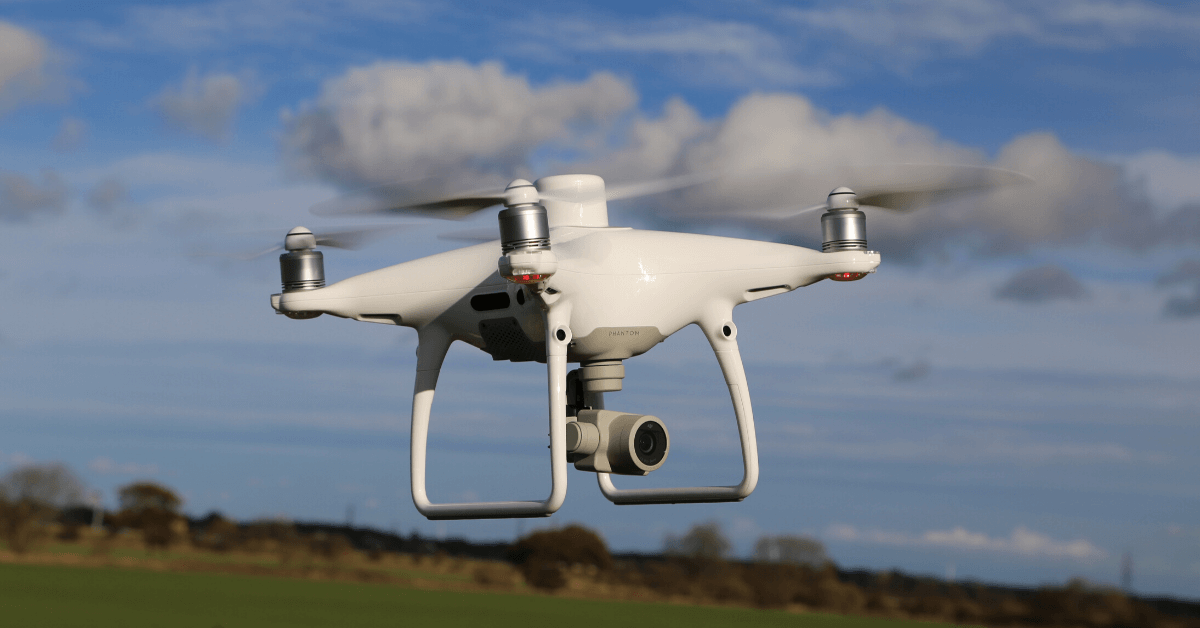
Recognising that drones have become a key tool for surveying, DJI released the Phantom 4 RTK - a next-gen drone engineered especially for this very purpose.
Utilised on job sites by the likes of Balfour Beatty, Komatsu, and Terra Drone Europe, the drone - built in the classic Phantom shape - has established itself as a reliable aircraft for GIS and mapping missions.
Highlights of this aircraft include the ability to capture centimetre-accurate data while requiring fewer ground control points - enhancing safety and improving efficiency.
You can read the full accuracy report by Terra Drone Europe by clicking here.
An RTK module provides real-time positioning data for improved absolute accuracy on image metadata, while the TimeSync system continually aligns the flight controller, camera and RTK module.
The DJI Phantom 4 RTK has a 1-inch, 20-megapixel CMOS sensor with a mechanical shutter, capable of achieving a ground sample distance (GSD) of 2.74cm at 100 meters flight altitude.
Surveyors can support their Phantom 4 RTK missions with the D-RTK 2 Mobile Station – providing real-time differential data to the drone and forming an accurate surveying solution, or acquire accurate location coordinates when used as an RTK rover.
The Phantom 4 RTK does have some limitations. The smallish pixel size of the camera isn’t ideal for low-lighting conditions. Flying at lower altitude helps this, but this minimises the coverage area. With this in mind, the Phantom 4 RTK is best suited for smaller sites.
Despite this, the Phantom 4 RTK is an accurate and reliable surveying tool, providing an out-of-the-box and low-cost mapping solution.
DJI Phantom 4 RTK Key Specifications
Takeoff Weight | 1391g |
Max Speed | 31 mph (50 kph)(P-mode) 36 mph (58 kph)(A-mode) |
Max Flight Time | Approx. 30 minutes |
Max Transmission Distance | FCC:4.3 mi(7 km); SRRC / CE / MIC / KCC:3.1 mi(5 km) |
Operating Temperature Range | 32° to 104° F (0° to 40℃) |
Camera | 1" CMOS; Effective pixels: 20M |
Lens | FOV 84°;8.8 mm / 24 mm(35 mm format equivalent:24 mm); f/2.8 - f/11. |
ISO Range | Video:100-3200(Auto) 100-6400(Manual); Photo:100-3200(Auto) 100-12800(Manual) |
Mechanical Shutter Speed | 8 - 1/2000 s |
Electronic Shutter Speed | 8 - 1/8000 s |
Accuracy | RTK Horizontal Positioning Accuracy: 1cm+1ppm. RTK Vertical Positioning Accuracy: 1.5cm+1ppm. Absolute Horizontal Accuracy of Photogrammetric Models: 5cm (When flying at 100m height, 2.7cm GSD, sunny). |
Sensing Systems | Multi-directional |
Mavic 2 Enterprise Series
Highlights: Choose between thermal and zoom capabilities. Three key accessories, including spotlight. Light, foldable, easily transportable. Password protection of sensitive data.
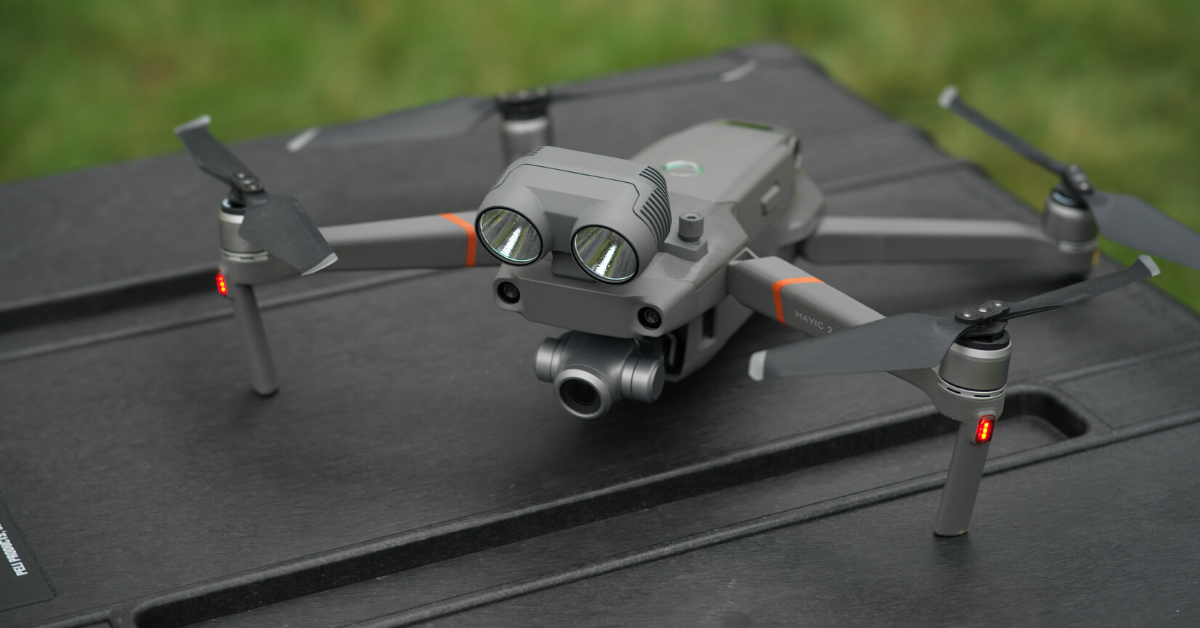
Foldable, lightweight, easy to carry, and quick to deploy - it was only a matter of time before the Mavic 2 Series was adapted for the likes of public safety departments and inspection firms.
Fly forward the Mavic 2 Enterprise Series, which has established itself as an important aircraft for firefighters, search and rescue crews, and the police.
The Series consists of two models: the Mavic 2 Enterprise, pictured above, and the Mavic 2 Enterprise Dual.
The Mavic 2 Enterprise has a 12 MP 1/2.3” CMOS Sensor and 2x optical 3x digital zoom capability. In contrast, the Mavic 2 Enterprise Dual, pictured below, has side-by-side sensors: a 12MP 1/2.3" CMOS sensor, and a radiometric FLIR thermal sensor.
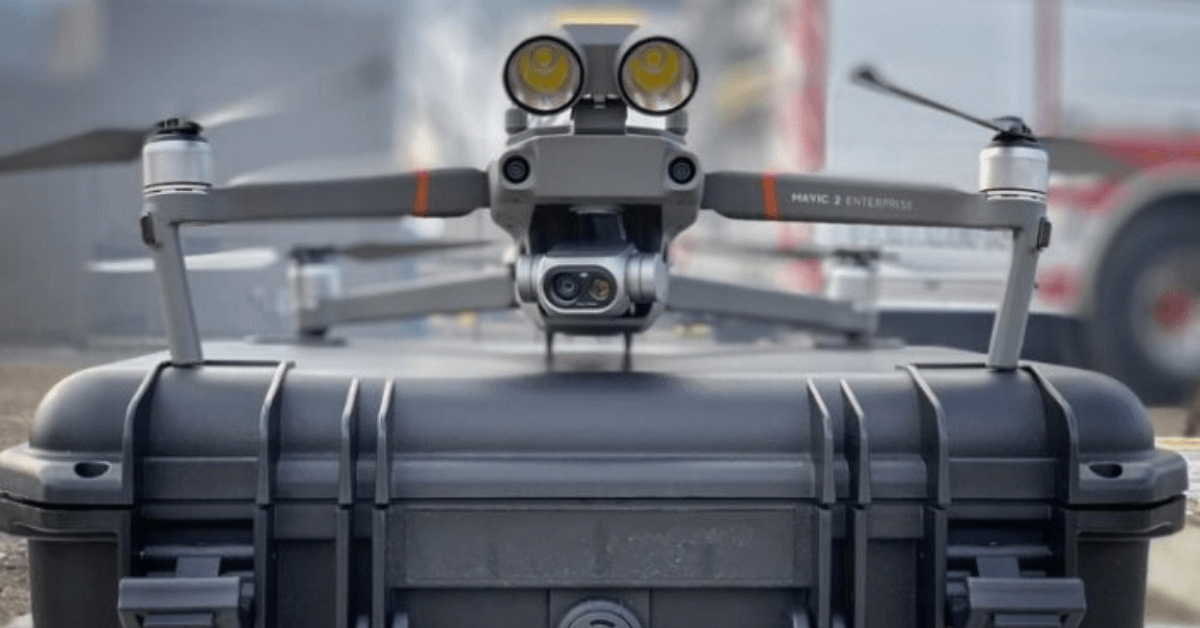
The camera differences aside, both Enterprise drones are the same, offering users 24GB internal storage, a discreet mode, password protection to keep sensitive data safe, and DJI AirSense technology.
Both drones can also be integrated with three key accessories which can greatly aid mission efficiency and success, especially for public safety crews; these being a bright spotlight, a loud speaker, and a beacon.
It's easy to see why the Mavic 2 Enterprise Series has become a useful tool. Okay, the thermal camera on the Dual, for instance, isn't as powerful as integrating an XT2 with a DJI Matrice 210, but the Mavic 2 Enterprise Series benefits public safety crews by being small and lightweight, and quickly deployable during time-critical missions. It is also a more cost-effective solution.
Mavic 2 Enterprise Key Specifications
Mavic 2 Enterprise | Mavic 2 Enterprise Dual | |
Takeoff Weight (without accessories) | 905 g | 899 g |
Max Takeoff Weight | 1100 g | 1100 g |
Dimensions | Folded: 214×91×84 mm Unfolded: 322×242×84 mm | Folded: 214×91×84 mm Unfolded: 322×242×84 mm |
Max Speed | 72 kph (S-mode), 50 kph (P-mode). | 72 kph (S-mode), 50 kph (P-mode). |
Max Flight Time | 31 minutes | 31 minutes |
Max Transmission Distance | 2.400 - 2.483 GHz; 5.725 - 5.850 GHz FCC: 10000 m CE: 6000 m SRRC: 6000 m MIC: 6000 m | 2.400 - 2.483 GHz; 5.725 - 5.850 GHz FCC: 10000 m CE: 6000 m SRRC: 6000 m MIC: 6000 m |
Operating Temperature Range | -10°C to 40°C | -10°C to 40°C |
Internal Storage | 24GB | 24GB |
Camera | 1/2.3” CMOS; 12MP | Thermal: 160×120 sensor resolution. Visual: 1/2.3" CMOS; 12MP |
Sensing System | Omnidirectional | Omnidirectional |
BUY DJI MAVIC 2 ENTERPRISE DRONES
DJI M600 Pro
Highlights: Versatile heavy-lift. Integrate with a range of high-class sensors. Triple redundancy.

This drone is a versatile and robust heavy-lift drone ideal for professional aerial photography and industrial applications.
The key features of this powerful aerial platform include pre-installed arms and antennas, modular design to make upgrades and modifications easy, improved flight time over the standard M600, and an improved battery management system.
The M600 Pro is compatible with the entire range of Zenmuse cameras and gimbals, and can also be used alongside D-RTK GNSS to help reduce the impact of magnetic interference and give the pilot centimetre-level accuracy.
Meanwhile, the A3 Pro Flight Controller gives the industrial hexacopter triple redundancy along with algorithms that will help the pilot get accurate diagnostic information in real time.
HELIGUY.com™ has custom-built numerous DJI M600 Pro drones for clients and seen the way this can transform missions. M600 sensor integration has included a Sony RX1R II sensor for Atkins for surveying (pictured below), and a Canon EOS 5DS DSLR for CG Labs' mission in the desert. A DJI M600 Pro, supplied by HELIGUY.com™, has also been used to map radiation hot spots in Chernobyl.
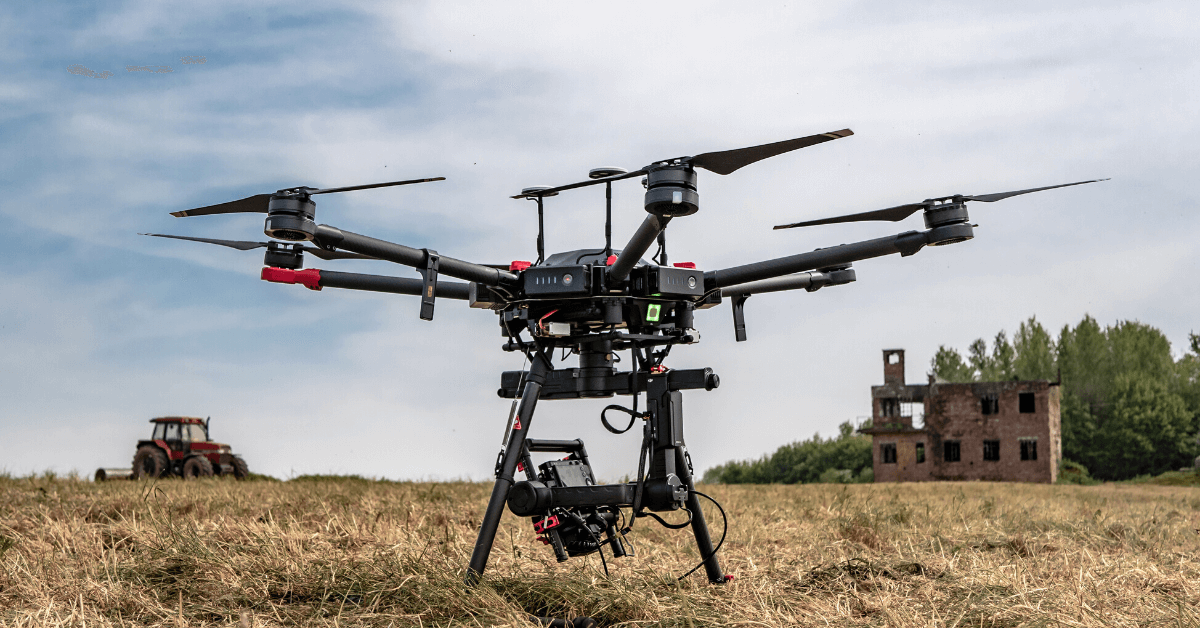
DJI M600 Pro Key Specifications
Dimensions | 1668 mm × 1518 mm × 727 mm with propellers, frame arms and GPS mount unfolded (including landing gear) 437 mm × 402 mm × 553 mm with propellers, frame arms and GPS mount folded (excluding landing gear) |
Weight (with six TB47S batteries) | 9.5 kg |
Weight (with six TB48S batteries) | 10 kg |
Max Takeoff Weight Recommended | 15.5 kg |
Max Wind Resistance | 8 m/s |
Max Speed | 40 mph / 65 kph |
Supported DJI Gimbals | Ronin-MX; Zenmuse Z30, Zenmuse X5/X5R, Zenmuse X3, Zenmuse XT; Zenmuse Z15 Series HD Gimbal: Z15-A7, Z15-BMPCC, Z15-5D III, Z15-GH4 |
Flight Control System | A3 Pro |
Operating Temperature | 14° Fto 104° F (-10° C to 40° C) |
Max Transmission Distance | FCC Compliant: 3.1 mi (5 km), CE Compliant: 2.2 mi (3.5 km) |
